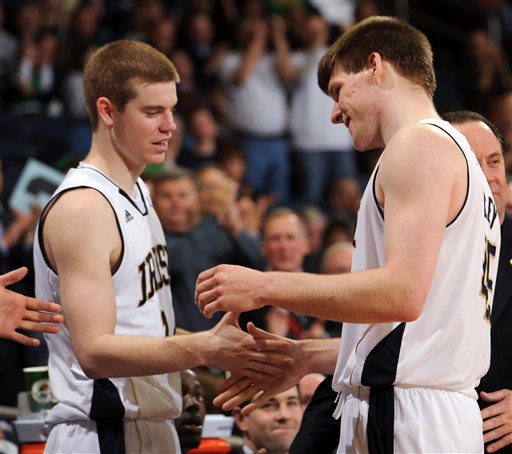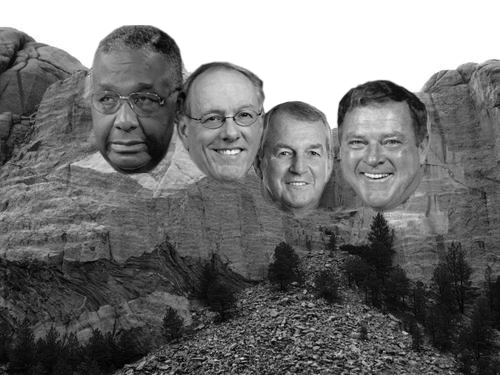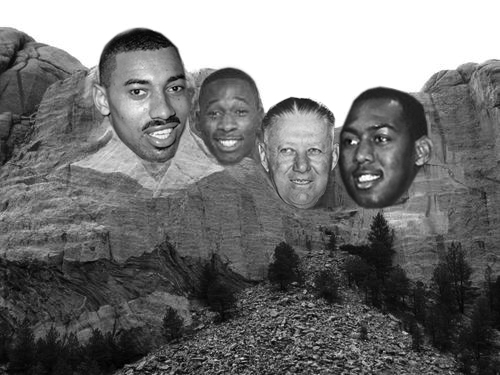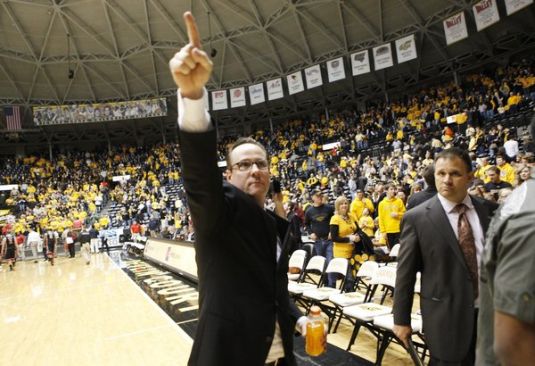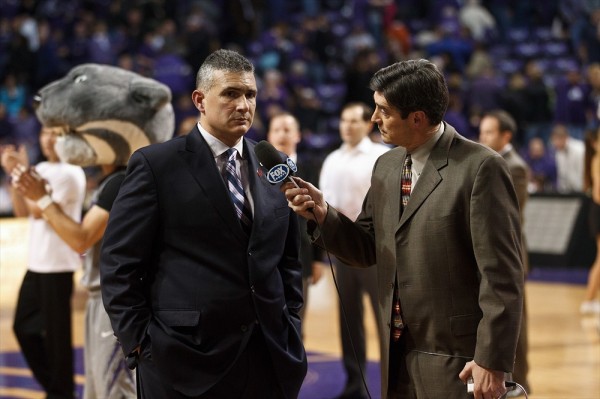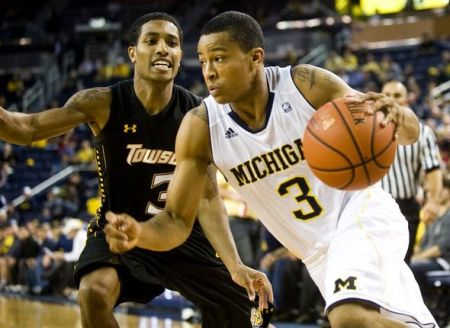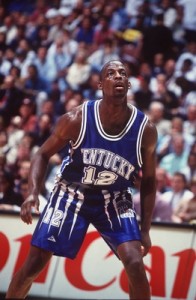Morning Five: 02.23.12 Edition
Posted by nvr1983 on February 23rd, 2012
SPONSORED: Rush the Court is pleased to bring you a one-day fantasy college basketball league courtesy of Draftstreet.com. The league, which is completely free to enter, will play tonight (February 23) involving several high-profile teams — Duke, Alabama, Arizona, Louisville, California, Wisconsin, and more. Test your college hoops knowledge to win prizes! Click here to enter.
- It looks like we will not be seeing Jim Calhoun when Connecticut plays Syracuse on Saturday as he has opted to undergo an undisclosed surgical procedure on Monday, which means that he will at least be out until after the team’s game the following day. Calhoun, who has been out since February 3, consulted a number of specialists getting opinions from many of the most well-known institutions before deciding to go with surgical management rather than more conservative medical management. We are not sure what procedure Calhoun is undergoing, but it does not appear to be a promising sign for his return that medical management did not appear to be working and that he waited almost three weeks to decide on having the surgical procedure.
- Luke Winn stepped outside of his usual statistical analysis to continue the tradition started by SI colleague Grant Wahl, who left to cover soccer, and bequeathed the infamous Magic 8 to Winn (see our analysis of Wahl’s earlier work). In this year’s edition, Winn lists five teams that you would expect, but also three teams that most would consider solid Sweet Sixteen teams, but are not usually included in discussion of potential national champions. Winn also discusses a few teams that were omitted that might raise some eyebrows. Unlike his predecessor’s column, Winn appears to be more realistic with his approach although he admits to coming up short last season.
- Yesterday, a judge ruled that the Jim Boeheim slander trial will be held in Syracuse, which is a blow to the prosecution that claimed that his celebrity status in the area would hinder their case against him and Syracuse. As you probably remember the case stems from comments made by Boeheim made that Bernie Fine‘s accusers were essentially after money and there was no validity to their allegations that came soon after the Penn State scandal. In their request to move the case to New York City, the lawyers for the plaintiffs argued that not only would Boeheim’s status in and around Syracuse hurt their case (because people in the area were “obsessed” with basketball), but also because many potential witnesses live near New York City making it more convenient for them. None of those named in the lawsuit were present in court and neither Boeheim nor Syracuse issued a statement as of last night, but the lawyers for the accusers appear to be satisfied with the decision and do not plan to appeal.
- With the NCAA Tournament around the corner, one group of individuals that will be getting quite a bit of attention is the Division I Men’s Basketball Committee. Yesterday, the NCAA announced that it had selected two individuals to join that group for the next five years. Bernard Muir and Mike Hollis will begin their terms on September 1, 2012 and will replace Jeff Hathaway, who has been a somewhat controversial figure, and Jeff Hickey. While both Muir and Hollis are well-respected within the field neither of them are well-known to the public, which is probably a sign that they do a good job. We hope that they can work to continue to improve the sport and address some of the major issues facing the sport going forward.
- In this week’s mailbag, Seth Davis addresses criticism of coaches, cheating in recruiting in big cities, and readers taking issue with his RPI column. We will leave the last two alone and let you just read his comments because (1) we do not have much direct knowledge of recruiting and (2) we are getting sick of the RPI debate. The first point is a little more interesting to us. While we do agree with Seth’s take that fans are often too quick to “condemn coaches”, we also think that they are too quick to praise them for their success. Seth writes “Success and failure is about much, much more than the man on the sidelines” and appears to only use it to defend coaches, but outside of the extremes you can argue that much of what you see in a team’s record is due to its talent on the court not off of it. Now college sports may be more affected by the coach than professional sports due to the transient nature of the on-court talent and the coaches direct impact on recruiting that talent there, but if we are going to try to give coaches a pass when they fail to live up to expectations we should also temper our praise when they exceed those expectations.






























